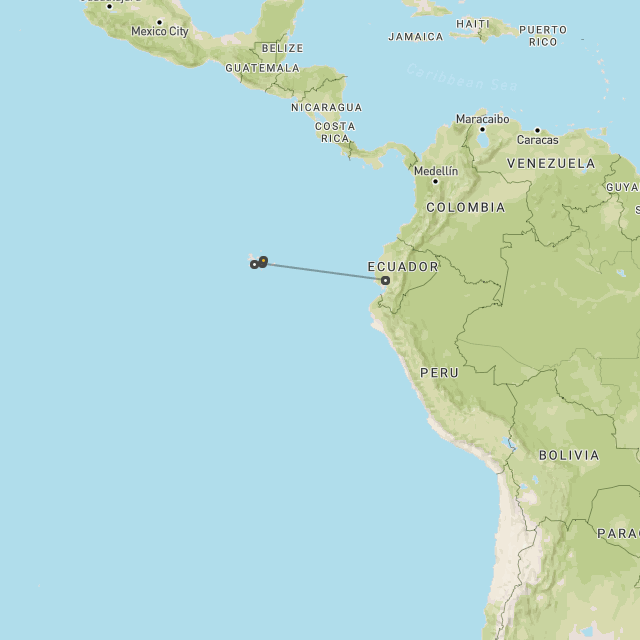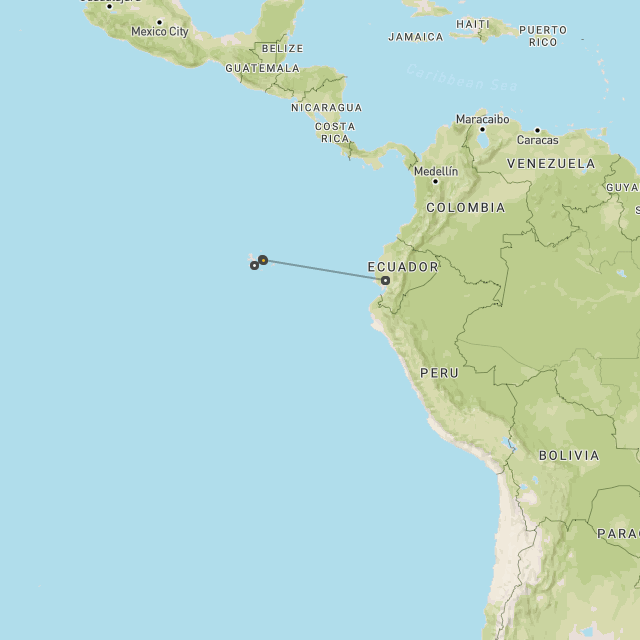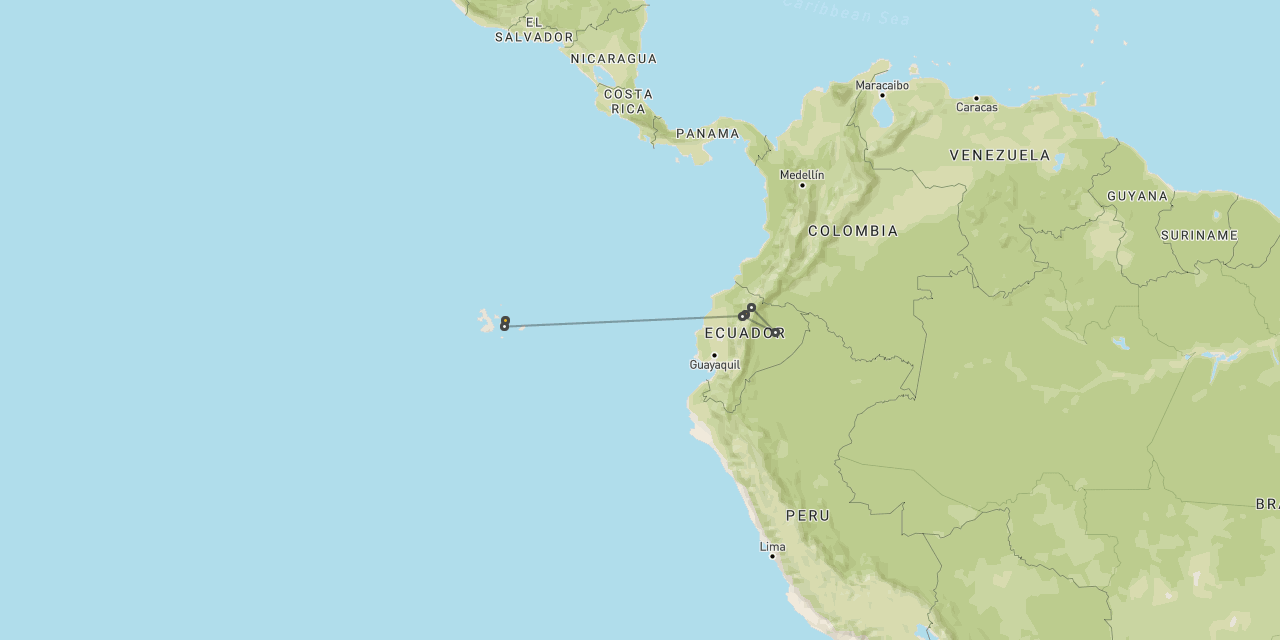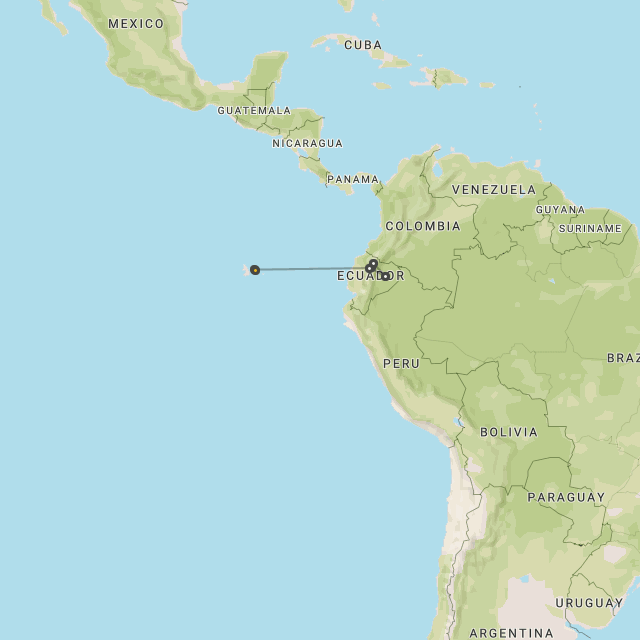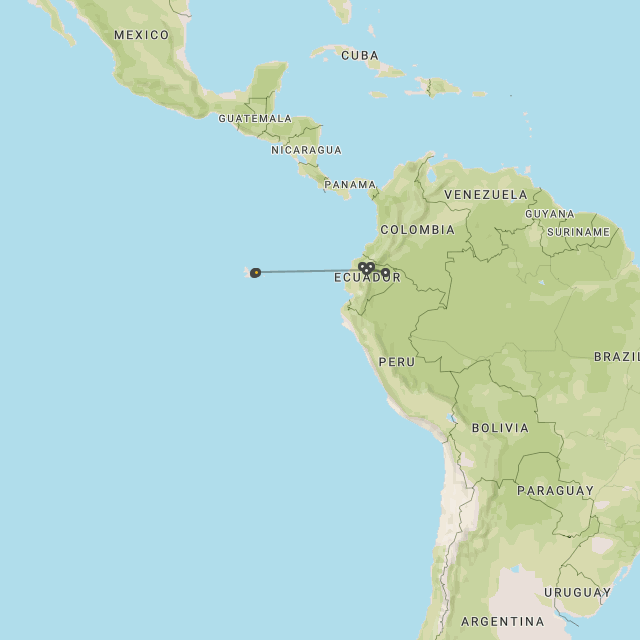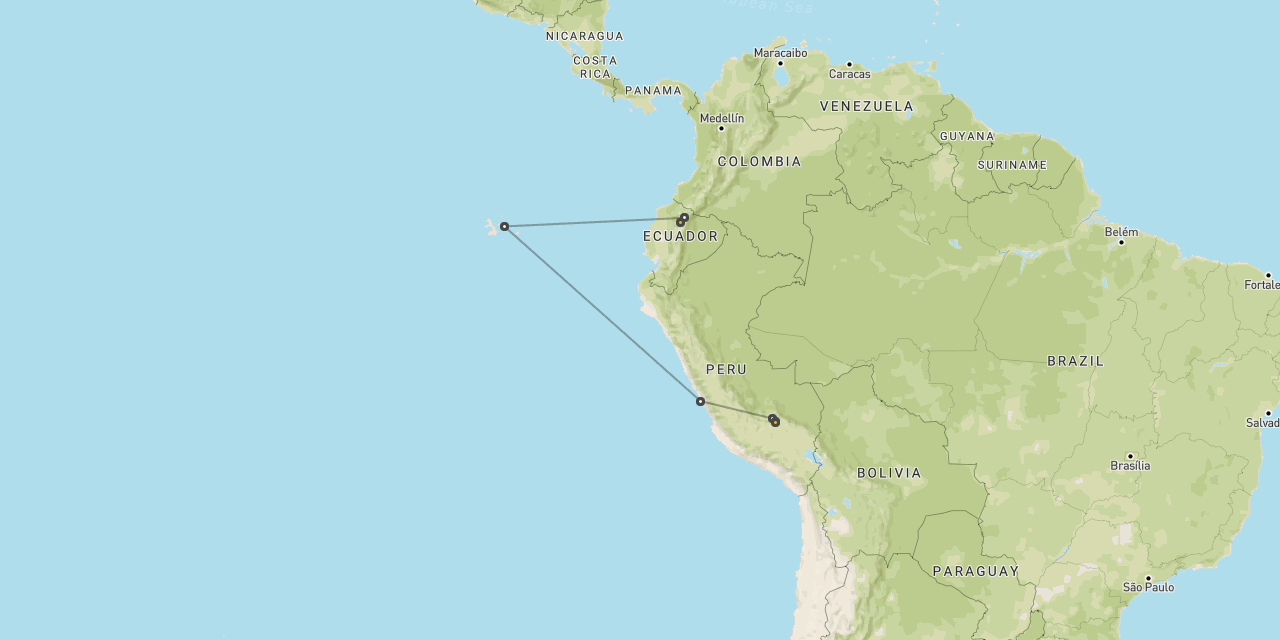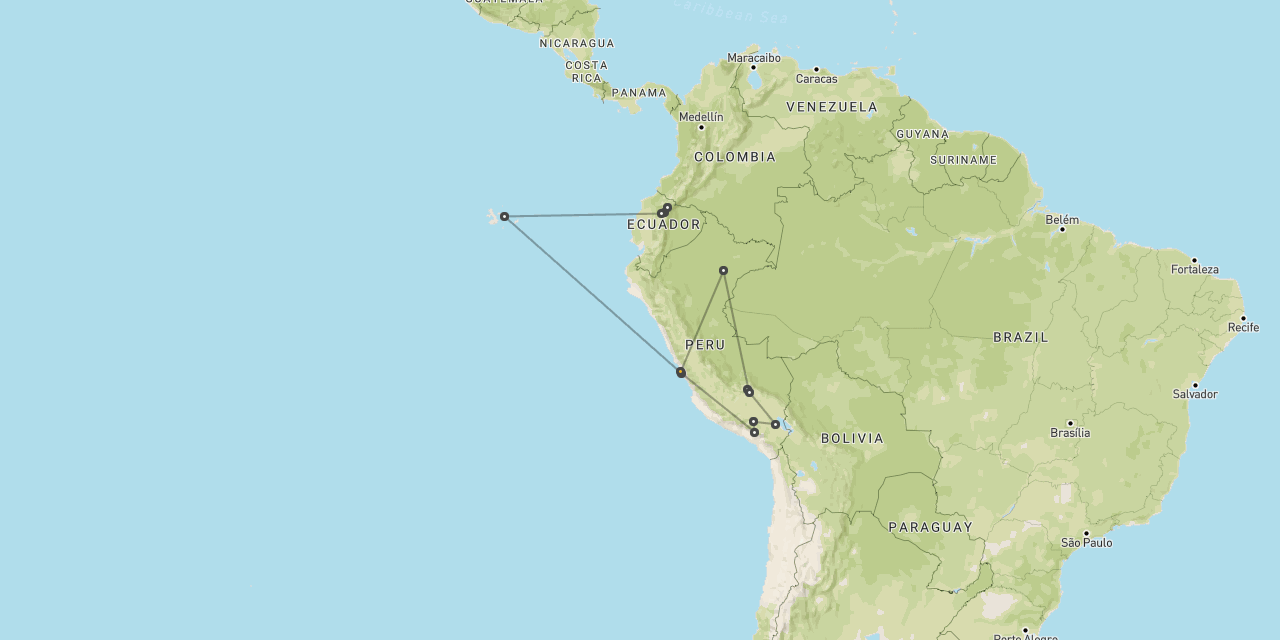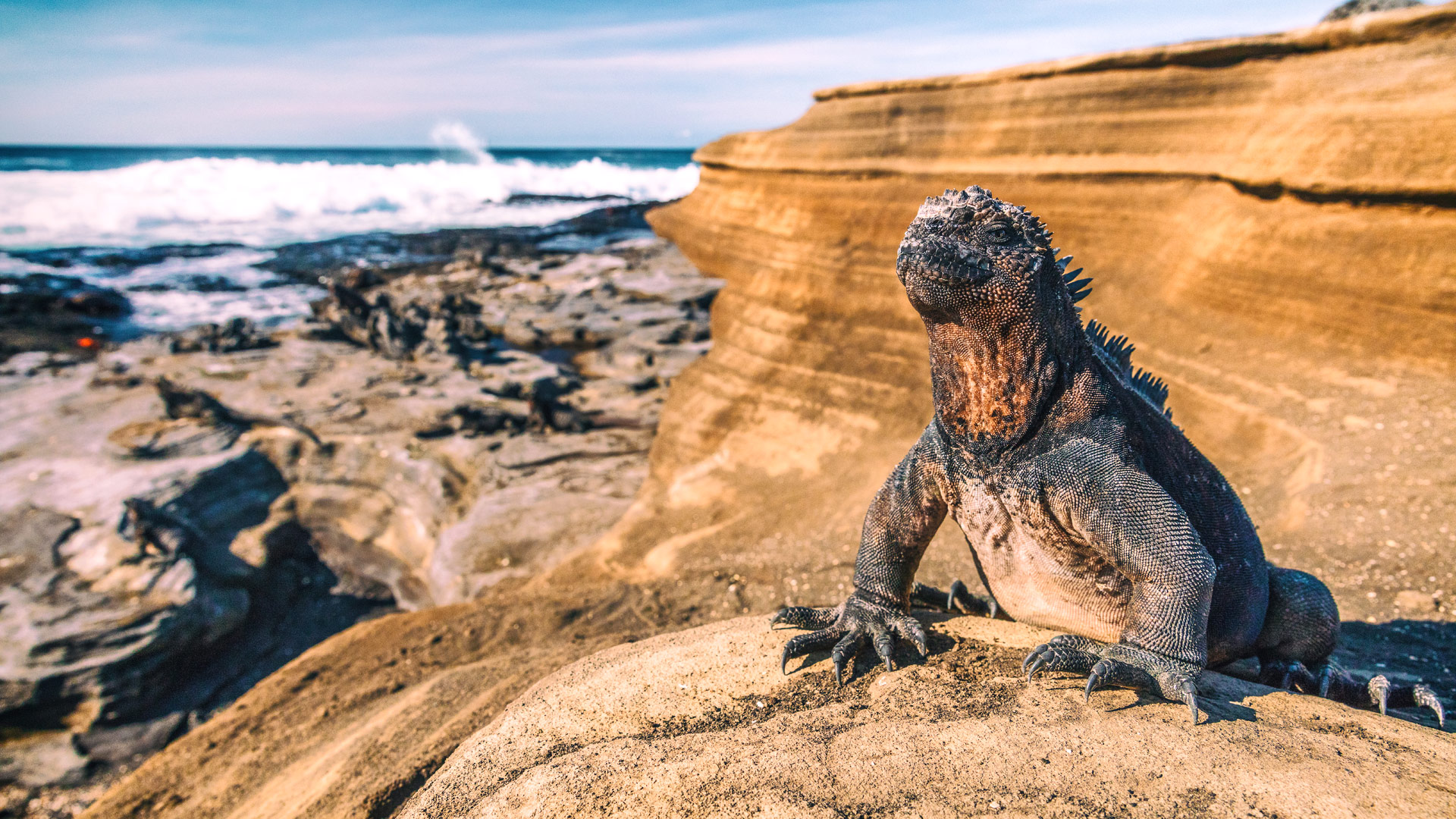
Safari in Galapagos
Galapagos
is a group of very remote
and fascinating islands
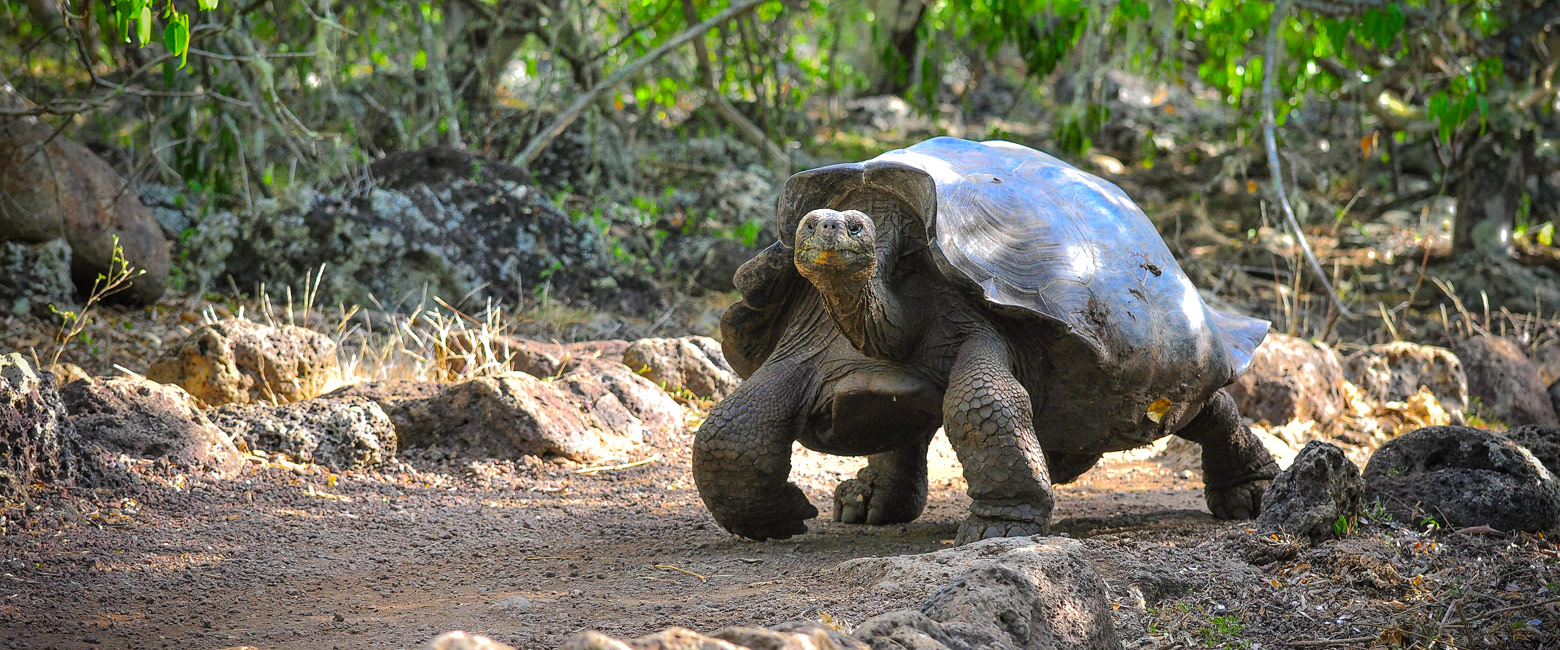
superbly diverse and pristine ecosystems
Set on the equator, far out in the Pacific Ocean, 1000 km (600 miles) off the coast of Ecuador, Galapagos is a group of scenic volcanic islands, home to a fascinating range of remarkably tame wildlife.
Although Galapagos is officially a part of Ecuador, we have decided to treat it as a separate territory, in order to provide it with the attention that it deserves.
As everyone knows, it was a visit to Galapagos Islands in 1835 that inspired the naturalist Charles Darwin to come up with his incredibly important Theory of Evolution.
The critical thing to understand about these islands is that they are very young, having been formed by volcanic action over the last four million years, a process which continues to this day.
It’s the sudden changes brought about by these dramatic volcanic events that has given rise to the rapid development of new ecosystems, accompanied by the obvious proliferation of new and distinct species.
Darwin especially noticed this evolution in the beak shapes of the various finches, which have evolved a range of diverse physiognomies in order to take advantage of the specific opportunities presented to them on each island.
He also noticed that the well-watered upper slopes of each volcano are home to a different sub-species of giant tortoise, betrayed by their substantially varying shell shapes, which are adapted to suit the grazing habits dictated by their specific environment.
The Galapagos that Darwin visited was a truly remarkable place, of pristine ecosystems and fearless, approachable wildlife. No wonder he was so inspired.
Unfortunately, over the next 170 years, that paradise was almost completely destroyed by the hand of man. An almost unimaginable proliferation of feral animals such as goats, donkeys, pigs, cats, dogs and rats wreaked havoc on these delicate young habitats and drove many species to the brink of extinction. Towards the end of the last century, the islands were an absolute wreck, the indigenous wildlife clinging on by a thread.
In more recent decades various major rehabilitation and conservation projects have made outstanding progress. On almost all of the smaller uninhabited islands and across large parts of the larger inhabited islands, these feral animals have now been largely eliminated. Many of the most vulnerable species, which had been evacuated into captive breeding centres, have now been restored to their natural habitats in numbers not seen for centuries. It really is amazing.
If Galapagos wants to retain its reputation as one of the world’s greatest and most iconic wildlife biomes, then there are still some significant challenges ahead. But even dealing with a thorny issue like the rapid and uncontrolled expansion of the human population on the islands seems a relatively trivial issue compared with the massive obstacles that have already been overcome.
For environmental reasons, tourism in Galapagos is heavily controlled. This is not the kind of place where you can just turn up and travel around as you wish. There are very strict regulations on where visitors can go and, for the most part, you are required to be accompanied by a professional guide. It’s far too easy to inadvertently step on a turtle nest or scare off a rare breeding albatross.
The most common way to visit Galapagos is to fly in and join a small live-aboard boat, cruising from one magical island to the next in the company of an expert crew and experienced naturalist-guide. A comprehensive visit around almost all the key islands would take around two weeks, but most people end up settling for a smaller selection of highlights over the course of a single week. Anything less doesn’t really scratch the surface.
Choosing the right boat can be rather complicated, there are so many factors to consider. But rest assured, we are here to help you do exactly that.
If you prefer not to sleep on board a boat, then there are a handful of decent hotel options, mainly on Isla Santa Cruz and Isla Isabela. Combining an hotel on each of these islands, over the course of around seven nights, can deliver a really good range of high quality experiences.
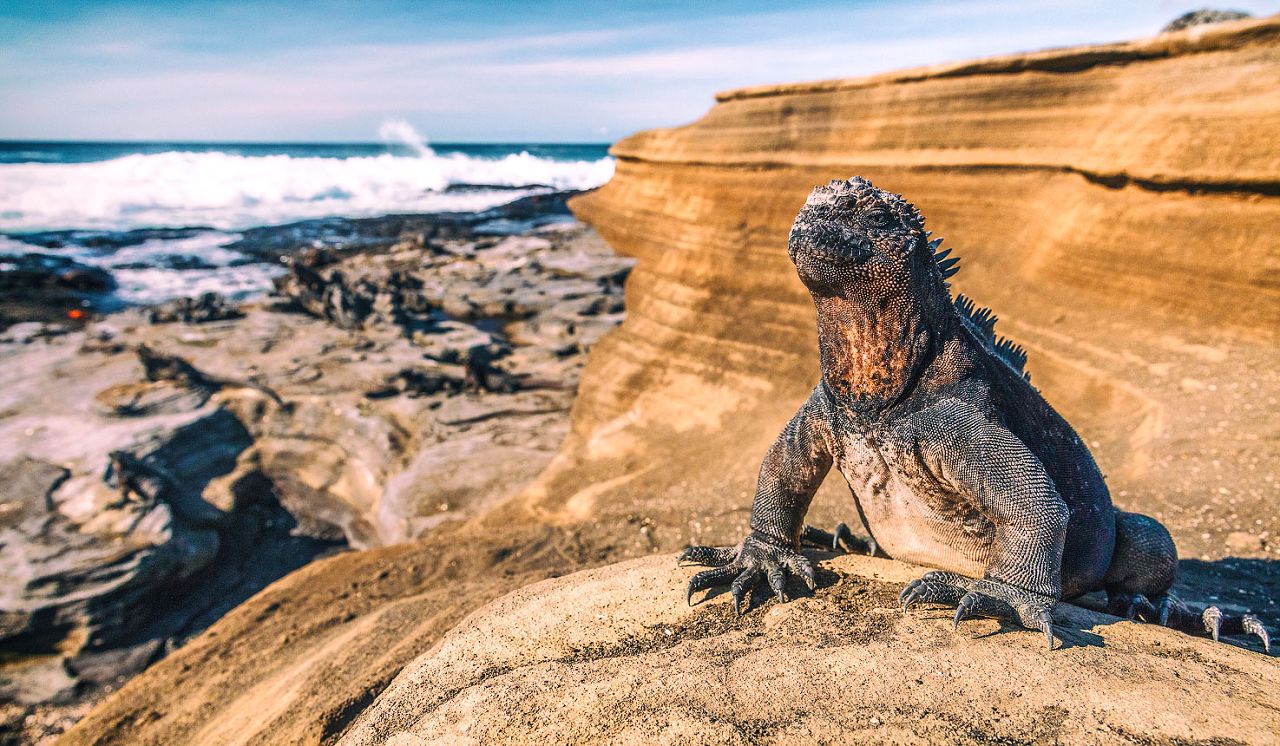
Gallery
Map
The best time to visit Galapagos is generally considered to be during the Jan-Apr hot rainy season, although it really is possible to visit during any month.
The islands of Galapagos have tropical and semi-arid climate, heavily influenced by some powerful and diverse ocean currents, an extremely unusual set of conditions which are rather complicated to untangle.
When considering the average conditions, it’s really important to note that the weather varies enormously depending on your altitude and location on each island, with the higher southerly slopes experiencing far more rainfall than the arid northern slopes and coastlines.
Getting there
The islands of Galapagos are part of Ecuador and are almost always accessed by air from either the capital Quito or the coastal city of Guayaquil.
The main aviation hub is Seymour Airport (GPS) on Isla Baltra, which is adjacent to the central Isla Santa Cruz, home to the major settlement of Puerto Ayora.
The secondary aviation hub is San Cristóbal Airport (SCY) on Isla de San Cristóbal, which also hosts the second largest settlement of Puerto Baquerizo Moreno.
The airport you choose to arrive through will usually be dictated by which live-aboard boat you choose to join. Most boats are based out of the former, but a few notable options operate out of the latter.
We usually include the flights between mainland Ecuador and Galapagos in your trip, since the boat operators tend to block book seats for the days that correspond with their cruise departures.
most commonly explored by live-aboard boats
let us know your thoughts about Galapagos
and we will help you create the perfect trip
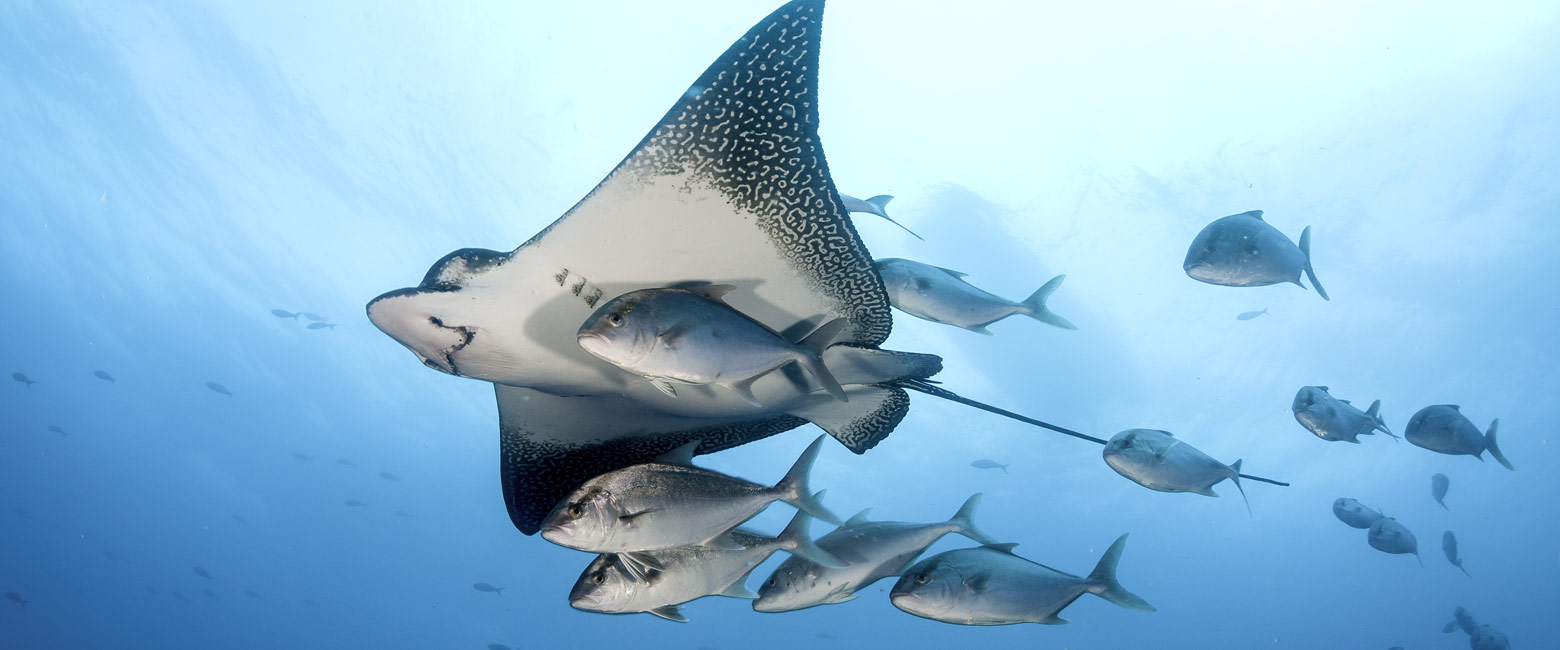
Extraordinary tailor-made adventures,
from earthy and edgy to easy and extravagant
From around USD 2500 per person, you set the ceiling
Sample Trips
Here are some of our popular trip shapes

Get started on your trip
It’s never too soon to get in touch, we are here to help with every stage of your planning.
Best Lodges
We regularly inspect and photograph all of the the best lodges, to ensure that we always recommend the most suitable options
Key Locations
Take a look around related locations. Click ‘View more’ to explore locations further afield.
Where Next?
Where Next?
We offer trips to dozens of fabulous countries.
Might one of these might be your next great adventure?

Please rotate your screen.






























